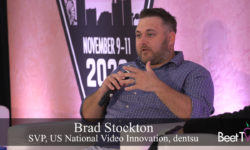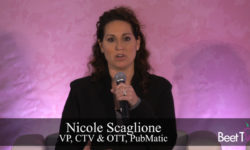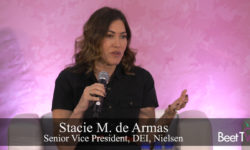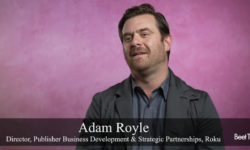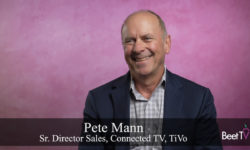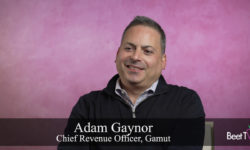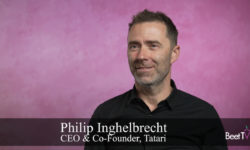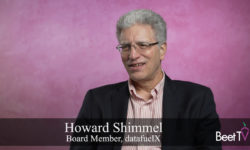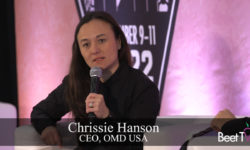SANTA MONICA, Calif. – The growing patchwork of privacy regulations in the United States and across the world is challenging advertisers to find ways to harness their data assets while also complying with the law. Data clean rooms provide a way for marketers and media companies to match their consumer data without commingling the information.
“Being able to collaborate in a safe and effective way that’s simple, that’s easy, that’s quick – and and then at the core of all that is protecting data,” Marc Cestaro, vice president, advanced TV, North America, at InfoSum, said in this interview at the Beet Retreat Santa Monica.
Promoting the adoption of data clean rooms has been a process of educating advertisers, agencies and publishers about how the technology works, he said.
“One of the biggest misconceptions is that it’s difficult and it’s time consuming, and I think that’s actually the antithesis of clean rooms,” Cestaro said. “They should make collaboration, interoperability extremely convenient.”
Audience Identifiers
As technology companies such as Apple and Google take steps to protect consumer privacy and many digital media platforms become “walled gardens,” brands are looking for ways to ensure that their advertising is reaching the right viewers across a fragmented media landscape. Data provide an underpinning for ad frequency capping and audience deduplication.
“Identity is a core topic right now,” Cestaro said, “being able to help bridge together disparate datasets whether inside an organization or external organizations — brand to brand, agency to agency, publisher to brand — and looking across different parties without having to share or ever commingle that data or let it leave their possession.”
You are watching coverage of Beet Retreat Santa Monica 2022, presented by Ampersand, MiQ, Nielsen, PubMatic, T-Mobile Advertising Solutions and The Trade Desk. For more videos from the Beet Retreat, please visit this page.









